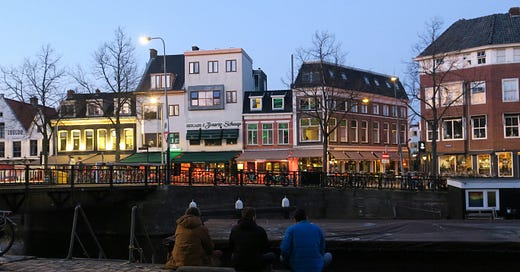More Empty Homes in Groningen Despite National Housing Shortage
As the Netherlands struggles to build enough houses, Groningen sees a rise in unused homes—highlighting the gap between housing availability and actual use.
The number of vacant homes in the city of Groningen has reached its highest level since 2020, according to new figures from the Dutch national statistics agency, CBS. As of January 1, 2025, around 4,080 homes in the municipality were empty — about 3% of all housing. These vacant properties add up to about 356,460 square meters of unused living space.
These figures refer to what CBS calls "administrative vacancy": homes where no one is registered, no businesses are located, and the property is not being used according to official records. Final numbers — which will include energy use data — are expected later this year to show how many of these are actually lived in unofficially (sometimes called “ghost homes”).
Across the Netherlands, the average vacancy rate for homes is around 2%, and this number has been stable for several years. Groningen's rate, however, is higher than the national average and higher than in similar cities like Delft, Nijmegen, and Eindhoven.
This increase in empty homes comes at a time when the Netherlands is facing a major housing shortage. The national government wants to build 900,000 new homes by 2030 to meet demand, but progress is slow. Only about 69,000 homes were built in 2024 — far below the yearly goal of 100,000. Rising construction costs, shortages of skilled workers, and long permit procedures are major reasons for the delays.
While many people are struggling to find a place to live, Groningen’s high number of vacant homes shows another side of the problem: even existing housing is not always being used. This highlights the need for better policy and cooperation between local governments, housing associations, and the private sector — not just to build new homes, but to make better use of the ones we already have.





